CAPSTONE DESIGN PARTICIPANTS

Sukhjinder Singh Thind
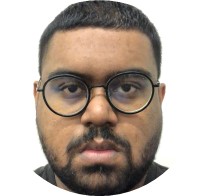
Abdulla Arham

Gibril Gabriel Bachouchi

Kylie Chapman
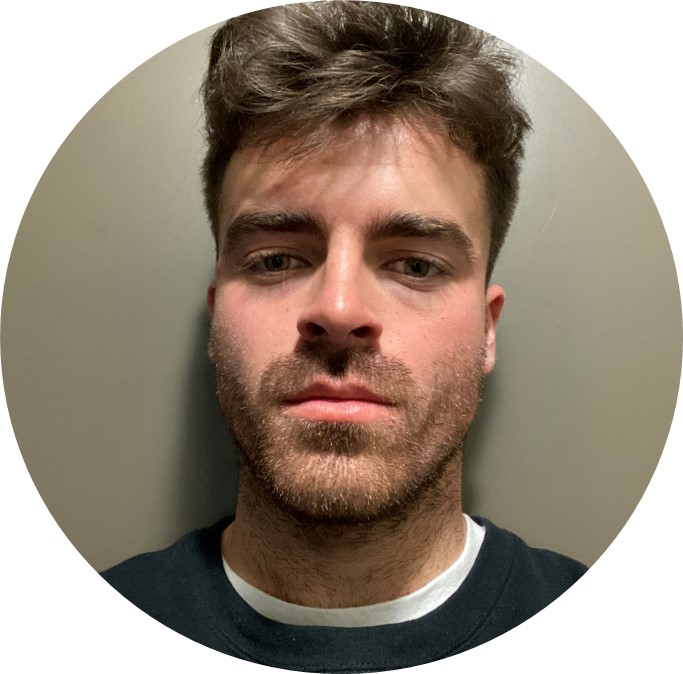
Anthony Cerelli
Nanocomposite Film for Compostable Chip Bags
15
The food packaging industry is changing rapidly, pushing towards more sustainable solutions. This need for alternatives in food packaging and storage has led to the idea of replacing commercial chip bags with compostable chip bags made from renewable plastic resources. In response to this growing need, we are working to create a compostable nanocomposite film which will focus on blending various polymers to combine their mechanical, biodegradable, and barrier properties. Our aim is to replace the traditional materials used in conventional chip bags. This will in turn increase sustainability and reduce the amount of garbage that ends up in landfills.
Consultant: Leonardo Simon
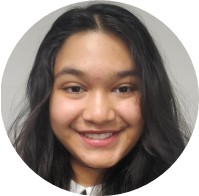
Tabitha Arulpragasam

Zhi Yi Wang

Hassan Ali

Miao Yu Chen
PbEasyTest
16
Lead-contaminated drinking water is of international concern due to its deleterious impacts on neurological health. Due to inaccessible testing, poisoning often remains undetected until symptoms become severe. The PbEasyTest is a paper-based, semi-quantitative sensor that empowers ordinary citizens to regain control over their health. When exposed to lead (II), the PVA-functionalized silver nanoparticles embedded in the paper change colour. This can be detected visually but is also paired with an image analysis software that computes the concentration range from phone images. The device is inexpensive, non-toxic, and easy to use making it ideal for developing nations and laypersons worldwide.
Consultant: Dr. Eric Prouzet

Daisy Agrawal

Kaylie Choi

Sana Jain

Deokhwa Seo
Utilizing Colorimetric Sweat Sensing of Biomarkers to Optimize Athletic Performance
17
Professional athletes are constantly searching for novel wearable technologies to enhance their training. Current state-of-the-art products can track generalized information such as steps walked and calories burned, but lack the user customization desired. Our device is a wearable, colorimetric patch that offers professional athletes a cost-effective method to obtain insight into their biochemical profile to optimize their training and endurance. This patch utilizes non-invasive sweat sensing to measure the pH and the average rate of sweat loss of the athlete. These biomarkers are indicative of the athlete’s dehydration levels and may help to regulate those.
Consultant: Dr. Patricia Nieva
Sponsor: Faculty of Nanotechnology Engineering, University of Waterloo
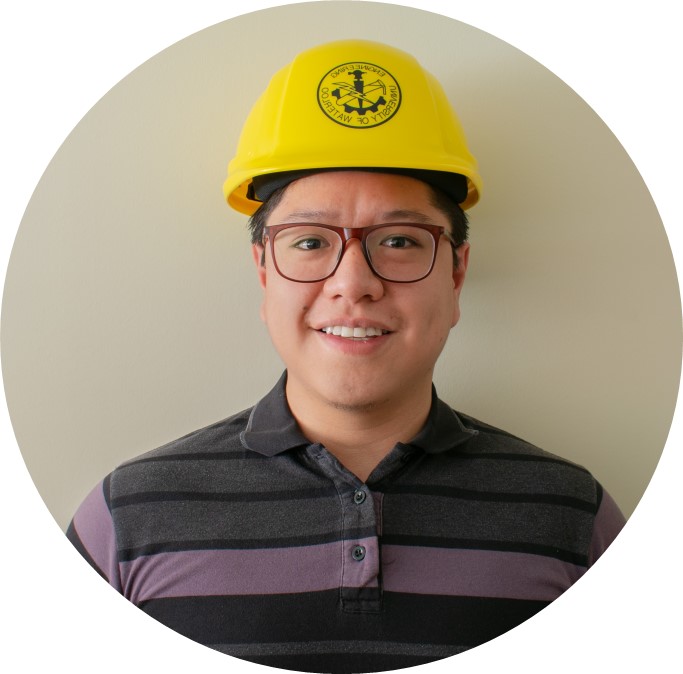
Bryan Guilcamaigua

William Koester

Sean Rowe
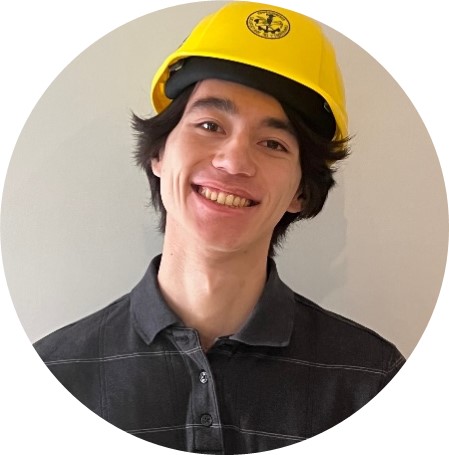
Michael Wood
FlexStorage Batteries
18
As devices become smaller and more compact, the standard batteries that current devices rely on place design constraints with the volume they occupy. Our project is a battery that is fabricated in the desired shape allowing the space it occupies to be optimized based on the specific application it is intended for. To demonstrate the benefits of an arbitrary form factor battery in wearable electronics, we have created a zinc-air battery in the customized shape of a ring used to power a heart-rate sensor.
Consultant: Michael Pope